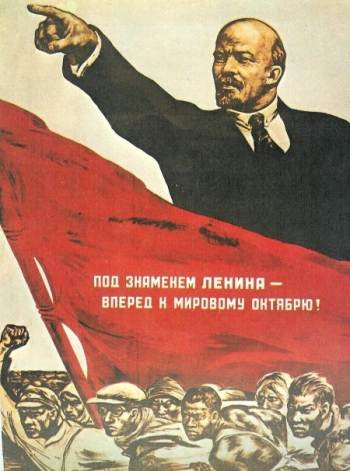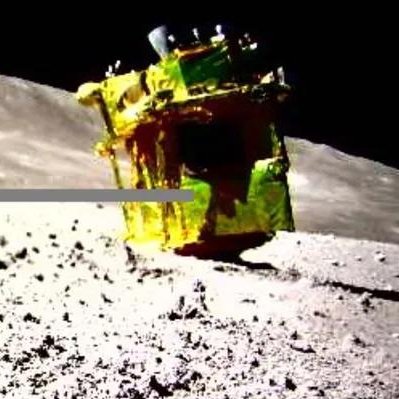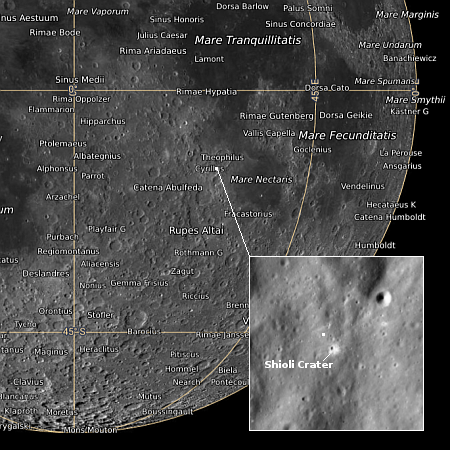Spain awards rocket startup PLD $43.8 million grant
Capitalism in space: The Spanish rocket startup PLD has won a $43.8 million grant from the Spanish government to develop its Miura-5 orbital launch rocket.
The company won the funding after completing the preliminary design review (PDR) its Miura 5 small launch vehicle, a review that was then examined by an independent committee. The award is technically a loan, which will be paid off over 10 years once Miura 5 begins commercial operations, currently scheduled for 2026.
The rocket will compete directly with Rocket Lab’s Electron rocket, with a bigger payload capacity. PLD also plans to recover and reuse its first stages after splashdown in the ocean, as Rocket Lab is now attempting to do with Electron.
The significance of this deal is multifold. It shows us that Spain is now a player in space, with its own rocket company, though still only a startup. It also provides further evidence that the nations of Europe are beginning to go their own way in space, rather than rely on their partnership in the European Space Agency and its rocket division, Arianespace. Arianespace has failed to do the job, so Spain like Germany is now looking to the private sector to get its satellite payloads in orbit.
Finally and most important, this deal illustrates the shift in Europe from being the designer and owner of rockets to being a mere customer. Rather than depend on a governnment-built and owned Arianespace rocket, Spain is buying the service from a private company, PLD. That company owns it entirely and can sell its services to others as well.
This trend away from government-owned rockets bodes well for the future of space exploration in Europe. It will produce a vibrant competitive industry with many different companies coming up with different ideas that will increase innovation while reducing cost.
It also signals the coming death of Arianespace, ESA’s commercial division which despite dominating the commercial launch market for almost two decades, was never able to make a profit ever. Instead, it produced rockets that were too expensive and required subsidies on a yearly basis. The nations of Europe are no longer willing to tolerate that bad performance, and have basically told Arianespace it either must compete with these new private companies, or die. I expect it to die. If it does survive, it will only do so if it changes radically.
Capitalism in space: The Spanish rocket startup PLD has won a $43.8 million grant from the Spanish government to develop its Miura-5 orbital launch rocket.
The company won the funding after completing the preliminary design review (PDR) its Miura 5 small launch vehicle, a review that was then examined by an independent committee. The award is technically a loan, which will be paid off over 10 years once Miura 5 begins commercial operations, currently scheduled for 2026.
The rocket will compete directly with Rocket Lab’s Electron rocket, with a bigger payload capacity. PLD also plans to recover and reuse its first stages after splashdown in the ocean, as Rocket Lab is now attempting to do with Electron.
The significance of this deal is multifold. It shows us that Spain is now a player in space, with its own rocket company, though still only a startup. It also provides further evidence that the nations of Europe are beginning to go their own way in space, rather than rely on their partnership in the European Space Agency and its rocket division, Arianespace. Arianespace has failed to do the job, so Spain like Germany is now looking to the private sector to get its satellite payloads in orbit.
Finally and most important, this deal illustrates the shift in Europe from being the designer and owner of rockets to being a mere customer. Rather than depend on a governnment-built and owned Arianespace rocket, Spain is buying the service from a private company, PLD. That company owns it entirely and can sell its services to others as well.
This trend away from government-owned rockets bodes well for the future of space exploration in Europe. It will produce a vibrant competitive industry with many different companies coming up with different ideas that will increase innovation while reducing cost.
It also signals the coming death of Arianespace, ESA’s commercial division which despite dominating the commercial launch market for almost two decades, was never able to make a profit ever. Instead, it produced rockets that were too expensive and required subsidies on a yearly basis. The nations of Europe are no longer willing to tolerate that bad performance, and have basically told Arianespace it either must compete with these new private companies, or die. I expect it to die. If it does survive, it will only do so if it changes radically.




